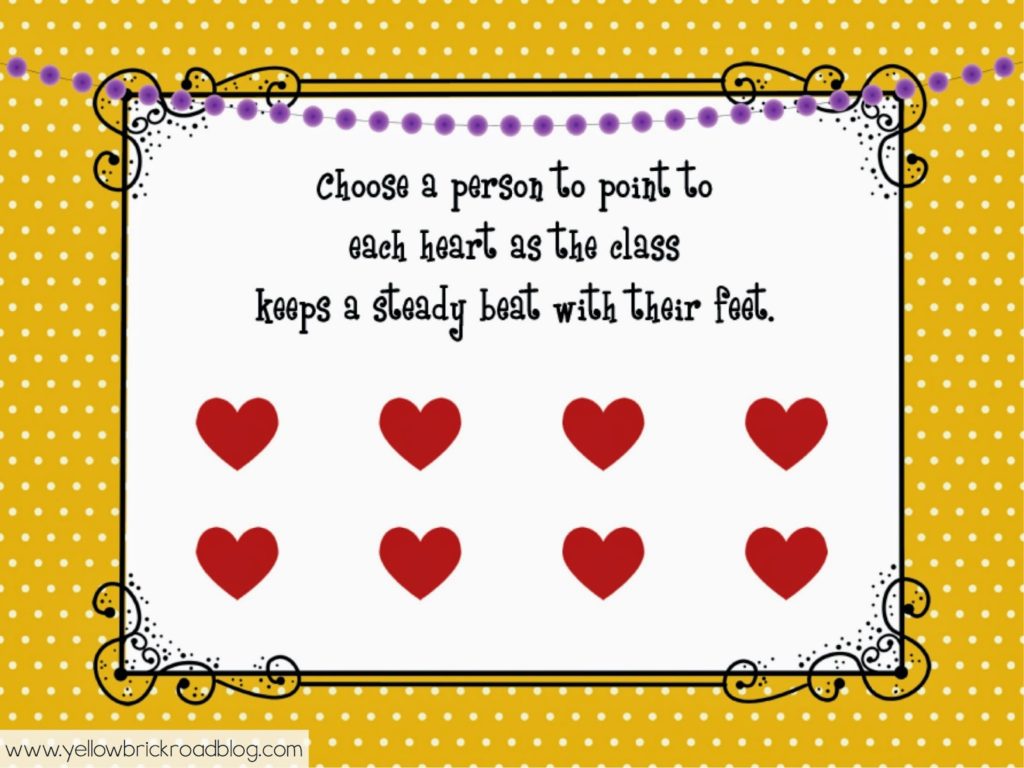From time to time, I’ve heard fellow music teachers say that they rarely incorporate art music into their elementary music classroom. Most often, they see the complexities in the music as a hindrance. However, as Feierabend and other experts have pointed out, the key to teaching art music is highlighting the bits and pieces that the students will understand, and incorporating those concepts into your teaching. In fact, during a recent Tweetchat with other music teachers, I discovered that I’m not alone in my love for incorporating art music into the elementary music classroom. With that in mind, I’ll be sharing some ideas for incorporating art music into your classroom. And because I’m a loyal fan of Beethoven, I’ll be using his music in my examples.
Rhythmic Concepts
Let’s look at the second movement of Beethoven’s 7th Symphony. Beethoven’s theme in this movement includes a simple rhythm pattern consisting of quarter notes, barred eighth notes, and a quarter rest. This melody is a great example of how you can isolate rhythmic concepts to incorporate art music into your class.
- To begin, play the rhythm pattern on a drum or other un-pitched percussion instrument, and ask students to join in when they’re ready. They could pat, clap, or even march around the room to the rhythm pattern; whatever it takes to ensure that they’ve internalized the pattern. Then, ask them to identify the rhythms in the pattern and write them on the board or on their own beat chart.
- Next, tell them that the rhythm pattern they identified is “hidden somewhere in Beethoven’s 7th Symphony,” and they need to find it. If you have a projector or Smartboard, you can show a video of the second movement in graphical notation, which my students loved. It really held their attention while they were waiting to find the “hidden pattern” in Beethoven’s music.
- In order for your students to be successful, it’s important to guide them in their listening. They may need a vocal or visual cue when the rhythm pattern is getting ready to appear. Otherwise, they might get lost in the colors on the screen and forget to listen for the pattern. Once students have successfully identified the “hidden pattern,” they can move on from listening/identifying the pattern, to playing along with it.
- To guide them, you can incorporate “stop” and “go” signs. This is a trick I learned during a conference session with Dr. Feierabend. When students see the “go” sign, it means they should begin patting or clapping the identified pattern. This helps to keep students in sync with the music.
 |
| Graphics via Dancing Crayon Designs and KHD |
- Beethoven’s “Ode to Joy” and “Turkish March” are both great for practicing steady beat. My students loved marching around the room to the steady beat or using a beat chart like the one pictured below. I gave a student my conducting baton, which they used to follow the beat chart while the rest of the class followed along with their bodies. Not only did they love doing this, but it was a sneaky way for me to assess their steady beat skills.
 |
| Graphics via Kelly B’s Clipart and KHD |
